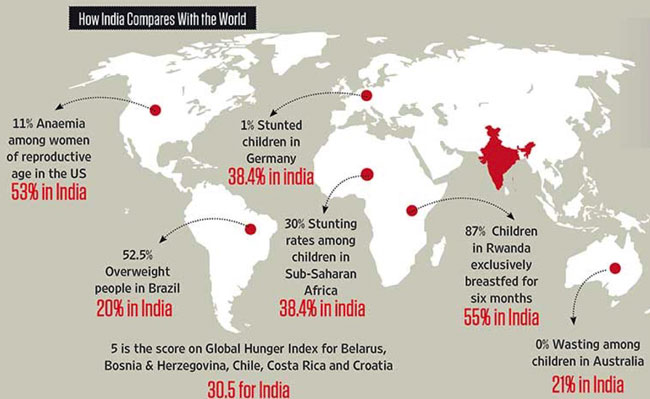A HORTICULTURE technique, some 10,000 years old and forerunner to the systematic cultivation of food crops, is still practised by tribal societies living on hills and mountains the world over and the hill areas of Visakhapatnam are no exception. Known as slash-and-burn cultivation, or Podu in Visakhapatnam, it involves clearing the jungle on the hill slopes, burning the trees and growing crops on the ashes. This method does not require fertilizers, chemicals, pesticides or insecticides. Organically grown, the products are naturally flavoured.
The Samanthas or the Khonds of the Visakhapatnam tribal hill areas are one of the few traditional horticultural communities that have made the Eastern Ghats of Andhra Pradesh and Orissa their home. In the past, they cultivated a plot of land for six-seven years and then moved to a new slope, leaving the earlier plot fallow for some 10 years. But the restrictions on slash-and-burn cultivation and the growing pressure on land have reduced the fallow period to two-three years.
For the tribal people, slash-and-burn cultivation offers certain advantages over settled cultivation: the management is simple and farming requires no special inputs or implements. All that is needed is a hoe and human labour. Crop productivity is low but so is the cost of inputs – around Rs. 600 a year for three crops, less than one-tenth the amount needed to raise a single conventional crop. However, the tribal people do not set much store by either productivity or profits and are satisfied with what they get. The most remarkable feature of Podu cultivation is that almost all varieties of cereals and vegetables are grown in one plot. […]
Source: “In the lap of nature” by ASHA KRISHNAKUMAR, Frontline – India’s National Magazine From the publishers of THE HINDU, Volume 21 – Issue 15, Jul. 17 – 30, 2004
http://www.hinduonnet.com/fline/fl2115/stories/20040730000307000.htm
Date Visited: Mon Jul 04 2011 19:27:12 GMT+0200 (CEST)
The framers of the Constitution took note of the fact that certain communities in the country were suffering from extreme social, educational and economic backwardness on account of the primitive agricultural practices, lack of infrastructure facilities and geographical isolation. The Constitution of India in Article 366 (25) prescribe that the Scheduled Tribes means such tribes or tribal communities as are deemed under Article 342 of the Constitution to be Scheduled Tribes.
Source: National Commission for Scheduled Tribes (Frequently Asked Questions)
URL: http://www.ncst.gov.in/content/frequently-asked-questions
Date visited: 31 March 2017
[Bold typeface added above for emphasis]

Graphic © Outlook India 26 August 2019 >>
The tribal food basket has always been diverse and nutritious >>
Childrens rights: UNICEF India | Childrens right to education >>
“Health spending by the Indian government as percentage of GDP has long been one of the lowest for any major country, and the public health system is chronically dismal.” – Pranab Bardhan in “The two largest democracies in the world are the sickest now” | Learn more: Scroll.in, 24 August 2020 >>
“Movements of farmers and farm labourers […] are headed for serious trouble if they do not factor in the problems of climate change (which have already devastated agriculture in India); if they do not locate themselves in, and link their battles to, an agroecological approach.” – P. Sainath in “We Didn’t Bleed Him Enough”: When Normal is the Problem (counterpunch.org, 12 August 2020, first published in Frontline magazine) | More about climate change | United Nations on climate change >>

Listen to (Land) Back to the Future by Riley Yesno on the CBC Ideas website >>
“In less than 200 years, photography has gone from an expensive, complex process to an ordinary part of everyday life. From selfies to satellites, most of the technology we use and spaces we inhabit rely on cameras. […] While photographic documentation can aid in shaping history, it can also be a window into the horrors of the past.” – Read more or listen to Butterfly Effect 9 – The Camera on CBC Radio Spark 26 May 2023 >>
Research the above issues with the help of Shodhganga: A reservoir of theses from universities all over India, made available under Open Access >>